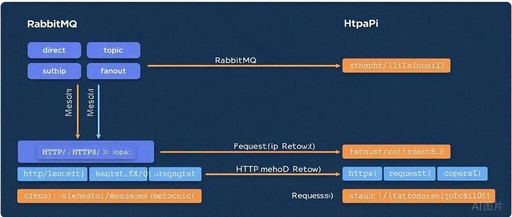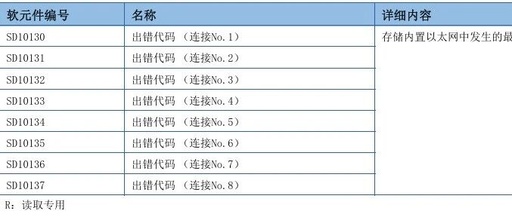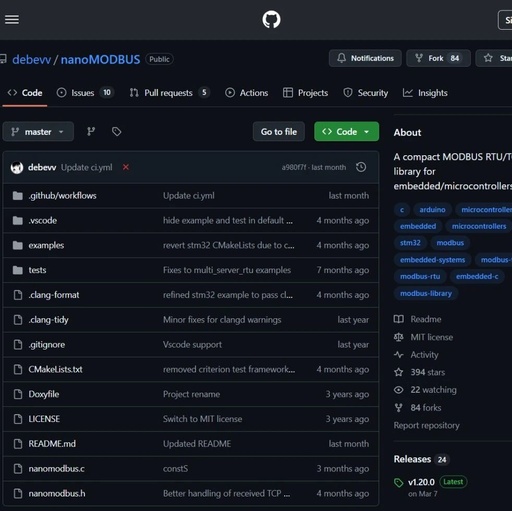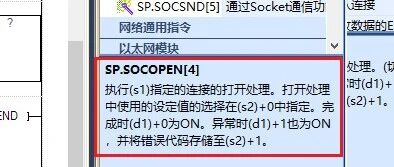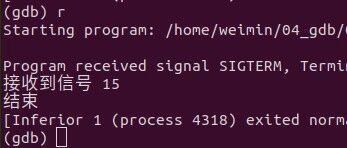Introduction to RabbitMQ HTTP API
Author Introduction: There is not a single proficient operations engineer on the resume.Please click the blue “Operations Path” above to follow me, the mind map below is also the expected updated content and current progress (updated irregularly). Middleware, I define it as software that depends on certain business functions, including the following parts: Web Server … Read more
